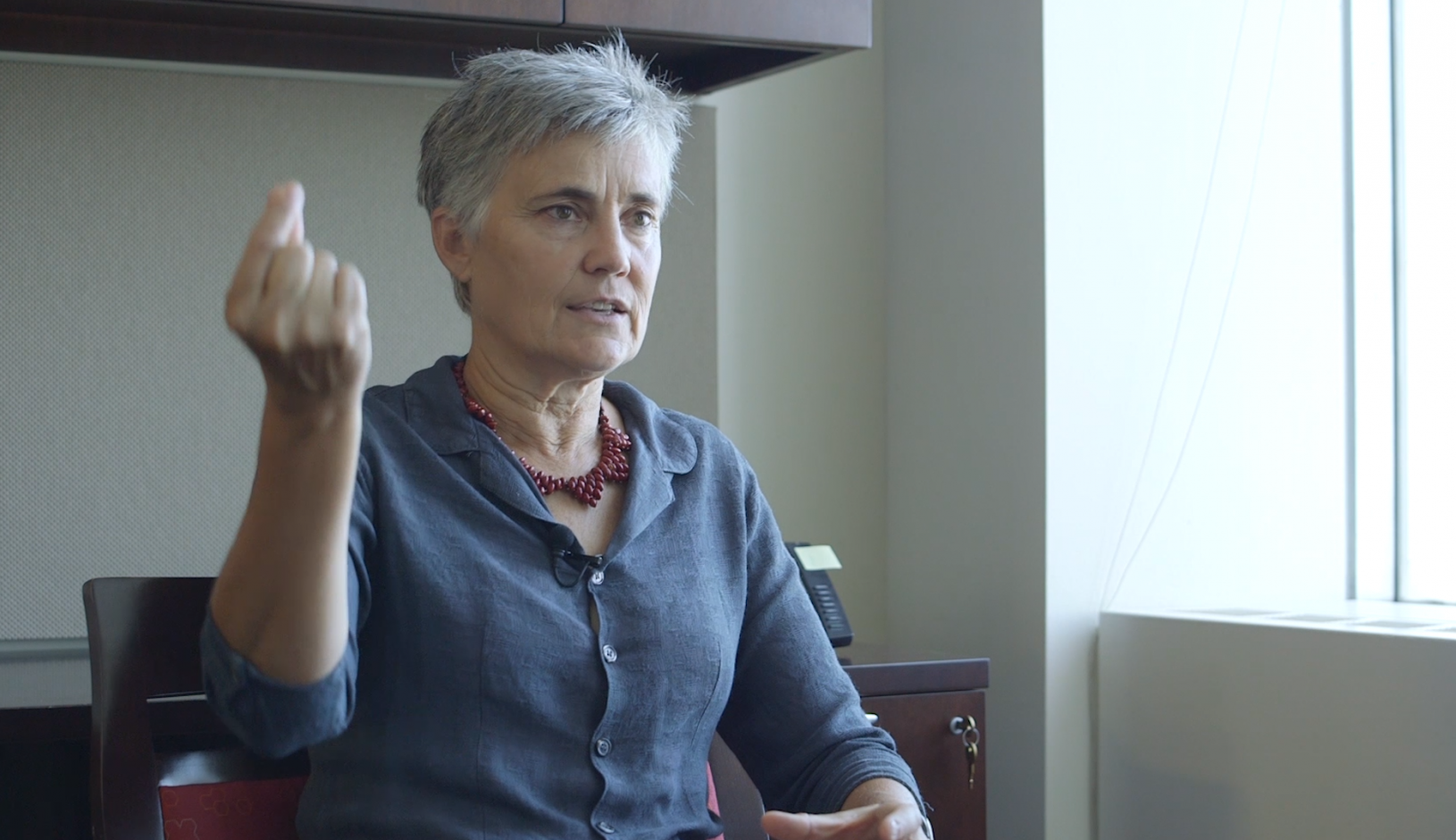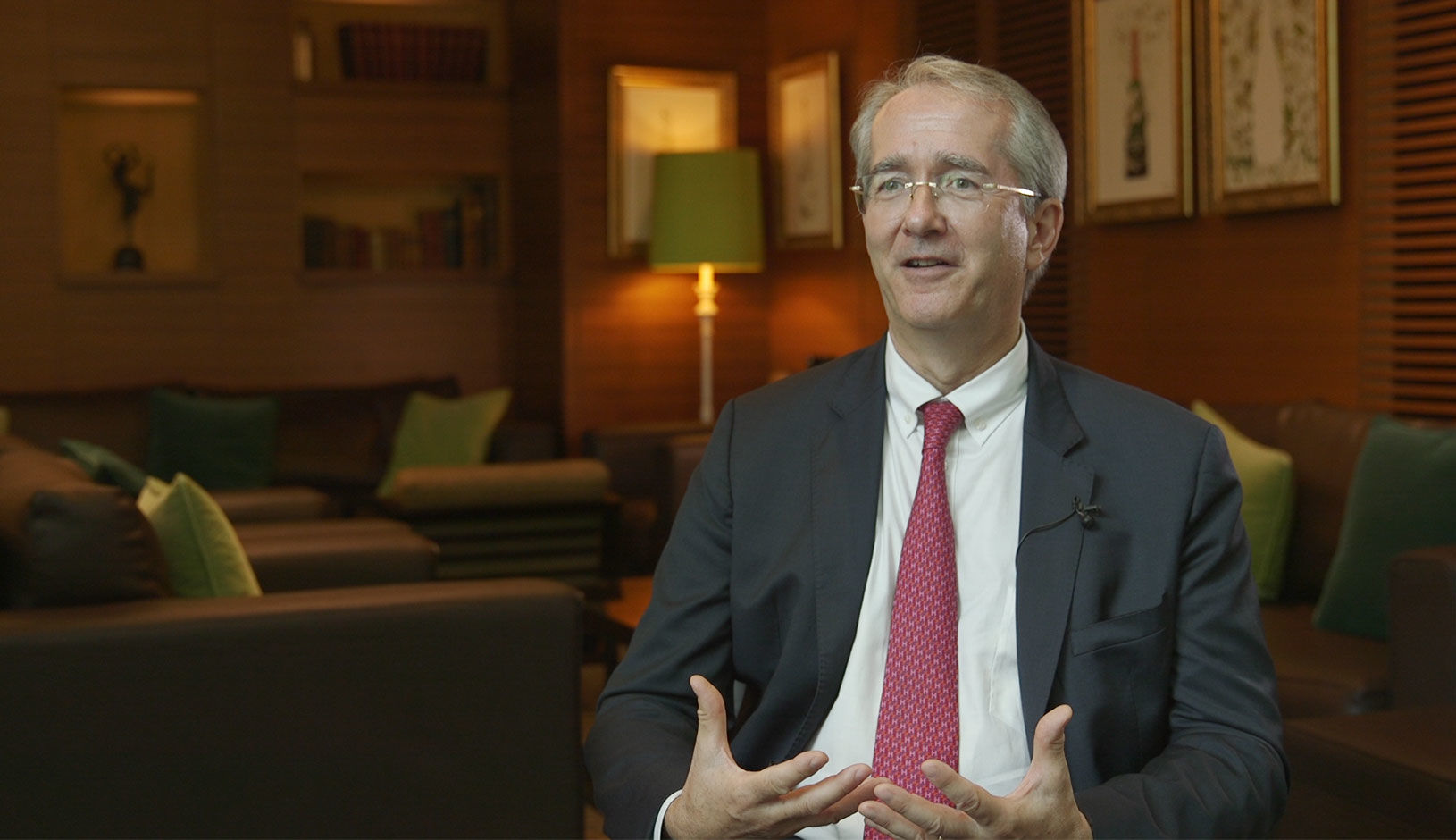Robin Chase, the founder of Zipcar once said: “Everything that can become a platform will become a platform.” The Curve couldn’t agree more, quoting the transportation entrepreneur when we asked about their belief in the power of platforms.
Jim Woods, CEO at The Crowd (the sustainability think tank behind the Curve), makes no secret of the fact that in 2014 he set out to build the “TripAdvisor for energy management”. He wants to do to energy what Airbnb has done to home stays, Uber for taxi drivers and TripAdvisor to the travel market – the ability to run through a list, learning from others to check you haven’t missed possible energy investments.
“We estimate that over 40 percent of commercially-attractive energy projects, which we define as having a better return than an organisation’s core business, are unrealised each year,’ he tells us. “These projects are largely synonymous with carbon reduction activities. In the UK alone, that’s well over one billion pounds worth of missed investments, which matters in an era of climate change.”
Blaming a lack of credible information as the major contributor to this corporate energy market failure, Woods set up The Curve as an invaluable peer-to-peer database for energy executives, finance teams and public sector bodies to share carbon and energy investment data and real world experiences.
Anyone with an energy budget greater than £50,000 per annum can contribute their own data and once they do they can look at the overall results. Although the identities of contributing companies are kept anonymous, The Curve’s first challenge was to see if businesses were prepared to share data for their energy projects. The platform collects key data about the technology area (lighting, control, wind, transport, etc.), amount invested, the payback, a star rating for the project, comments and any recommended suppliers. This information is available to everyone – for free.
Woods knew this was verging on crazy ambition, “but the transformative benefits to individual decision makers and society as a whole drove us to give it our best shot.”
“Today, with over 100 companies having uploaded energy projects to the Curve, from lighting to renewable energy, this challenge has largely been overcome.” Companies include BT, Heathrow Airport, Jaguar Land Rover, The Crown Estate, Toyota, Unilever and Walgreens Boots Alliance. There are over 650 projects in the Curve today, with a combined investment value of over £500 million.
Today The Curve represents the largest collection of user generated data of real time energy projects across sectors. He believes the Curve has the potential to remove 20 percent of business carbon emissions, which can play a tremendous role in the era of ambitious carbon reduction targets.
The next challenge is for The Curve to add an algorithm. Artificial Intelligence will start to advise on projects – even drawing conclusions from user comments. “Ultimately, AI is the end game for the Curve, which could revolutionise corporate energy programmes,” Woods adds.
“We see a lot of reinvention of the wheel as companies work out the same answers. Could business adopt the principles of modern science, where scientists build on each other’s research, which has transformed the rate of scientific innovation? If business is ready to go down this route, the potential for transformative change in the way we use resources such as a carbon, water and waste is very exciting,” he adds. “And we’d be very happy if the Curve helps to bring about this change.”
The Curve platform is currently open to try and use, and it’s free. More details can be found here.



